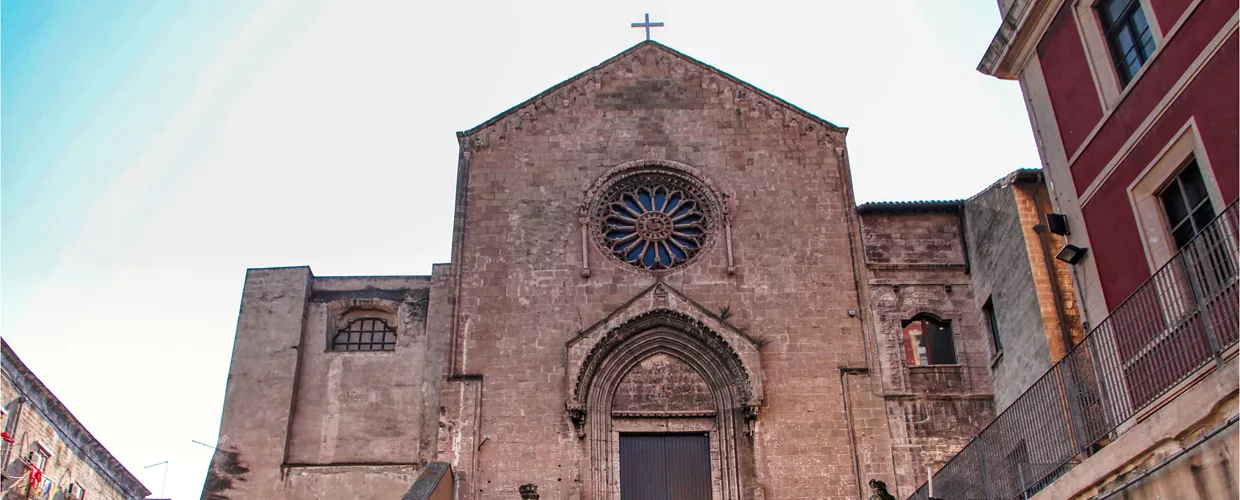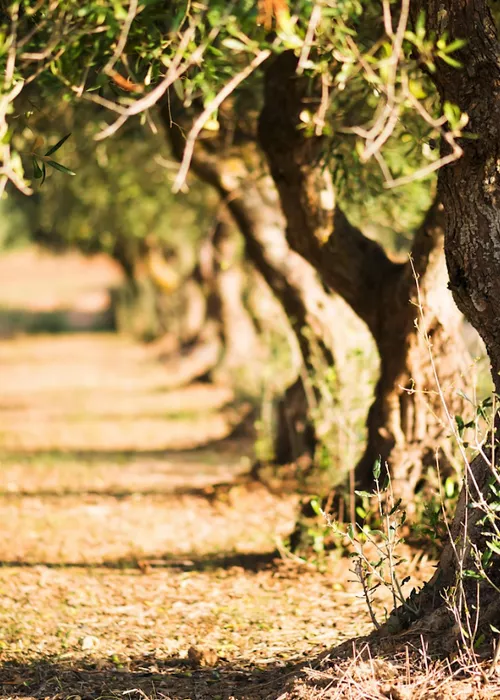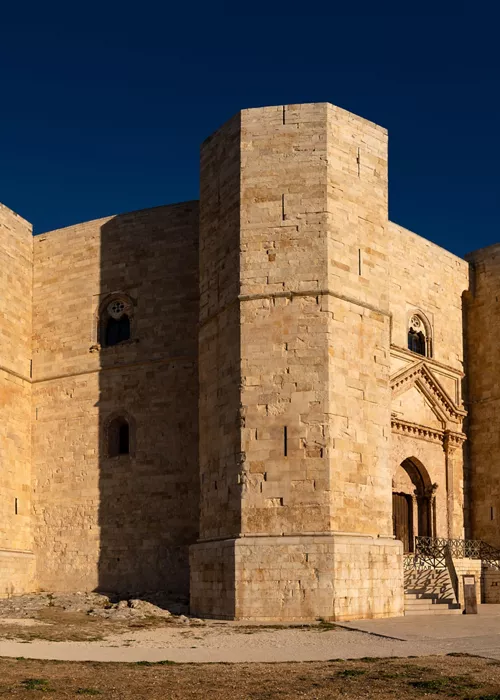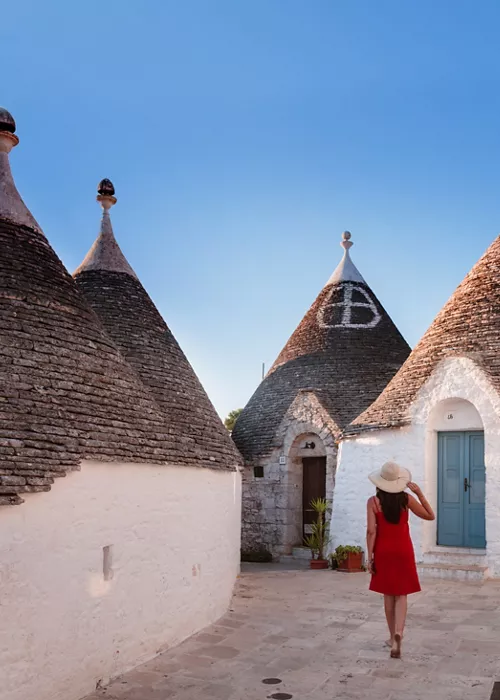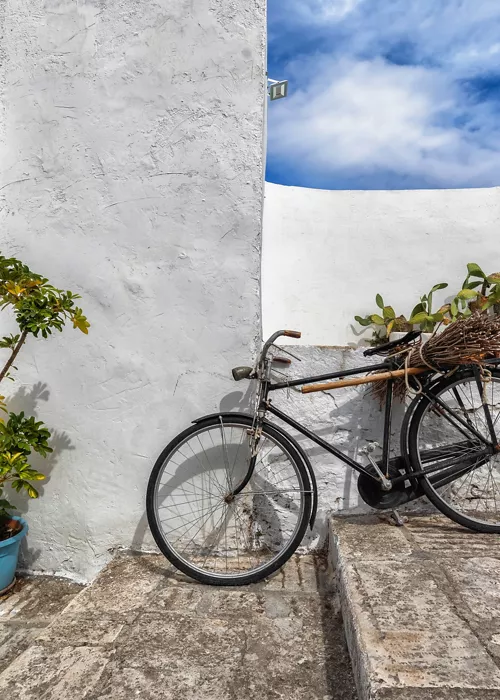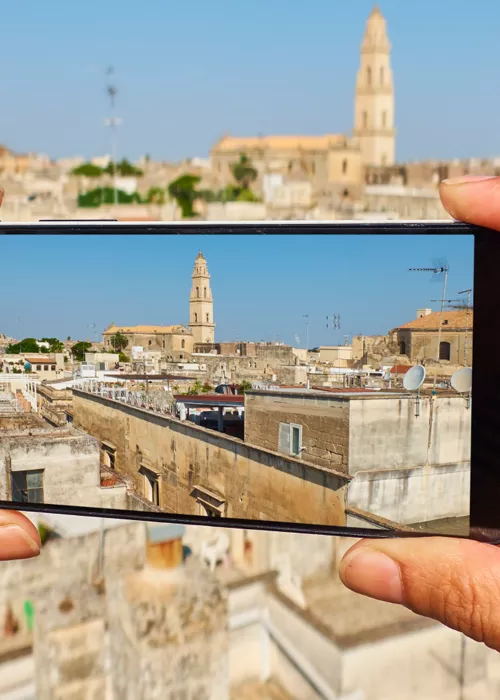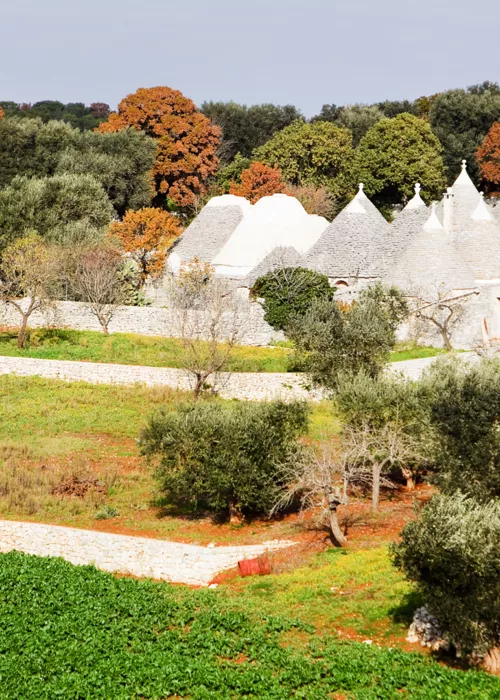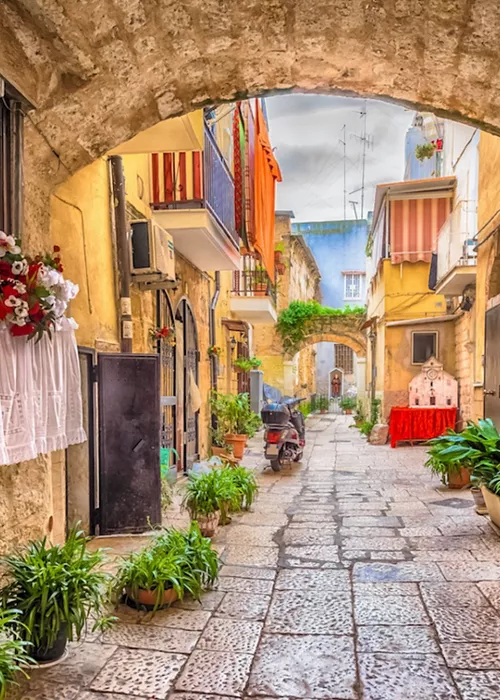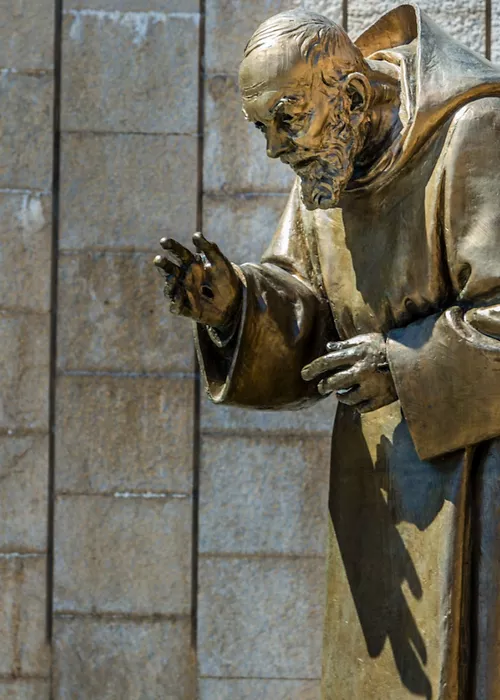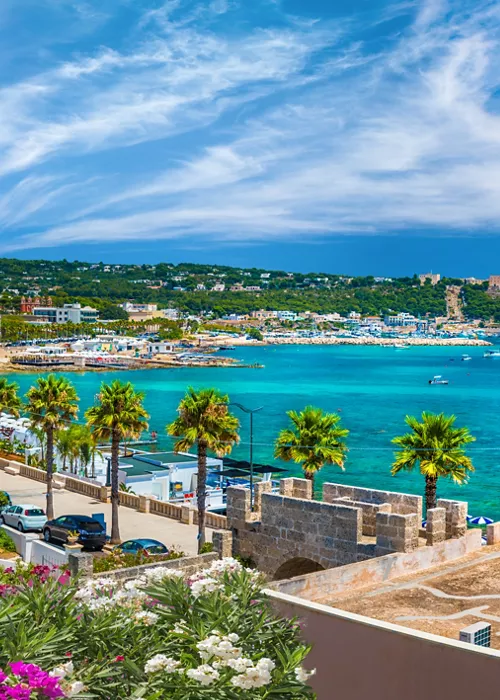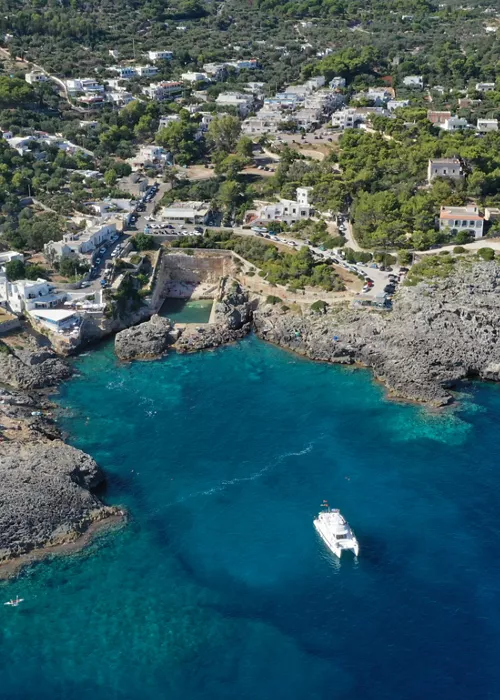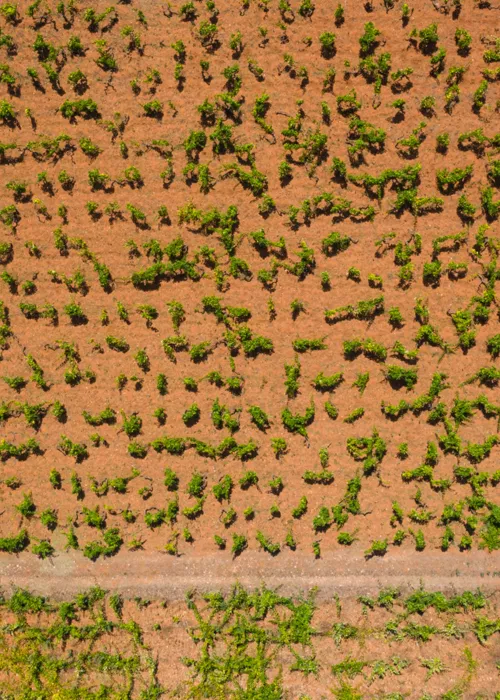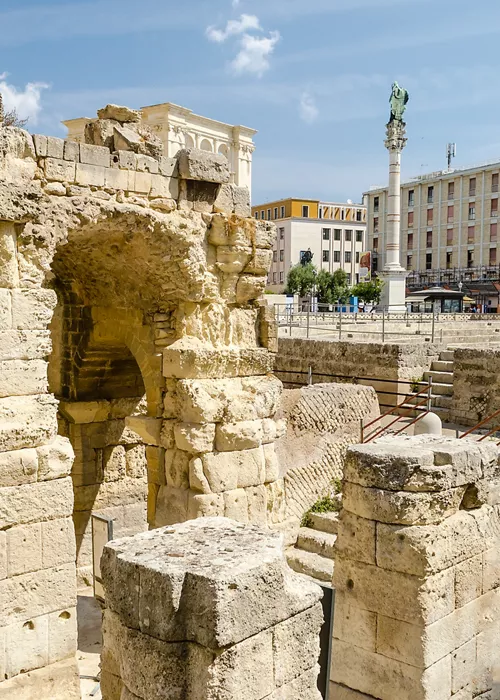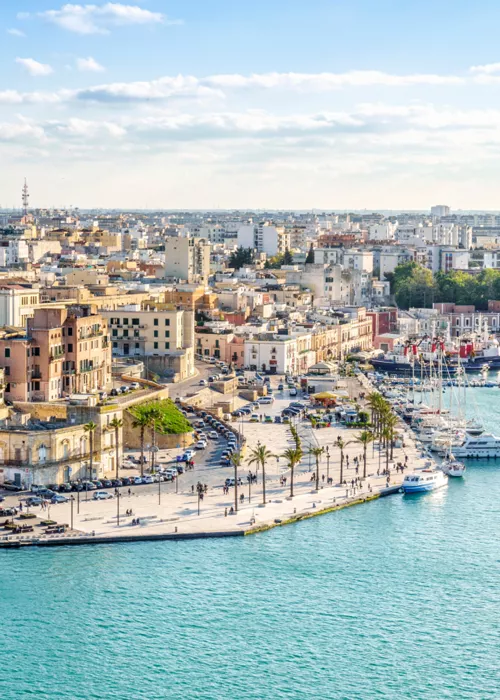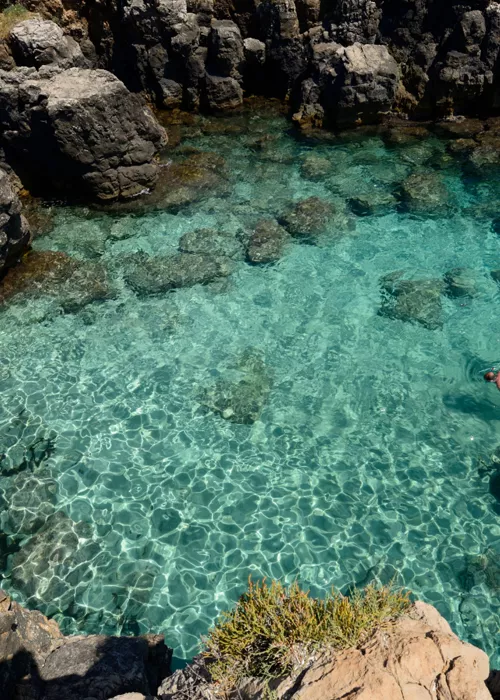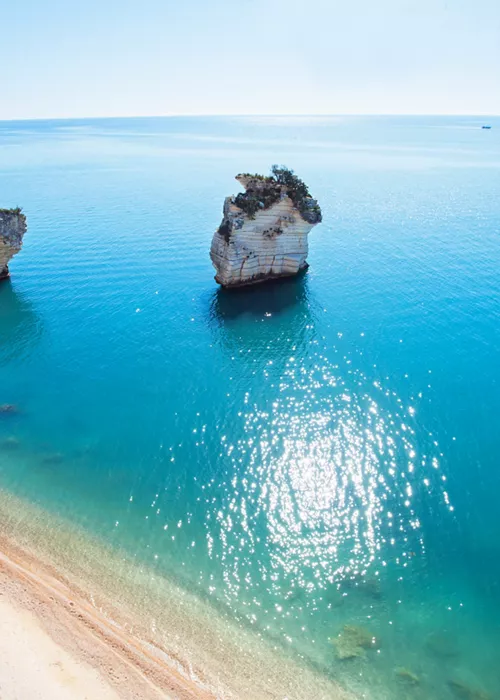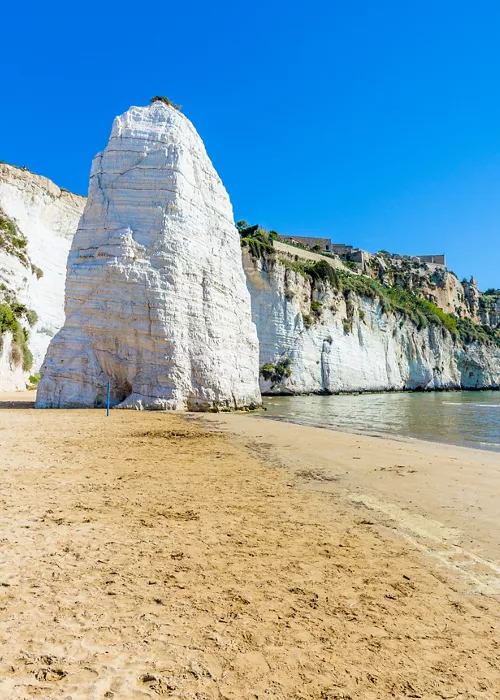The convent of S. Domenico, in its current configuration, dates back to the mid 14th century, fifty years after the construction of the church of the same name. According to documentary sources, there was a monastery dedicated to S. Pietro Imperiale as early as the last two decades of the 9th century. In 1080, the Duke Roberto il Guiscardo granted the Benedictines of Montecassino the Taranto provostry. As a result of frequent transformations, the original appearance of the complex has been visibly altered over the centuries and also following its use as the headquarters of the Regia Guardia di Finanza in the unified era.
Renovation work made it possible to recover the Gothic façade, with a portal bordered by mullioned windows with two lights, which originally overlooked the garden that was also used for burial purposes, as shown by two sarcophagi made of carparo stone that still exist. With an irregular plan and cross vaults, the cloister houses columns with angular leaf capitals made of local carparo stone. A part of the late paving of the covered path can also be admired, in terracotta blocks arranged in a herringbone or linear wire pattern. The remnants of religious objects can also be seen on the eastern wall of the portico.
The archaeological research carried out between 1989 and 1994 interested several rooms of the monastery, the cloister garden and the latter's northern wing, allowing the complex periods of occupation of the site to be analysed, from prehistoric times to the abandonment and degradation of the monastic building in modern times.
The oldest finds date back to the Neolithic period, from the 6th to 4th millennium BC, with references to the 2nd millennium settlement (Bronze Age) in close connection with those of Scoglio del Tonno and Porto Perone-Saturo, which were occupied by Mycenaean people. The Iron Age (10th-8th century BC) Iapigian settlement structures led to the creation of the Spartan colony. The temple, built on the acropolis of the Greek colony of Taranto as early as the 6th century BC and transformed in the following century BC, is still visible next to the cloister, with remains of the perimeter wall of the chamber, or place of worship. Two orthostats that were part of the lower strand of the elevated chamber of the Greek temple can also be seen. Traces of Roman presence are documented by two inscribed lintel fragments, reused in the 14th-century façade of the monastery. One of the fragments, located in the northern mullioned window, bears the text: .CORMUS. II.. vir(Cormus duoviro…). On the other, on the upper margin of the front of the block, is written:. CN . POMPEIUS . (…Cneo Pompeo…). This could indicate a renovation that took place in the mid 1st century BC, with a dedication in the area of the sanctuary.



